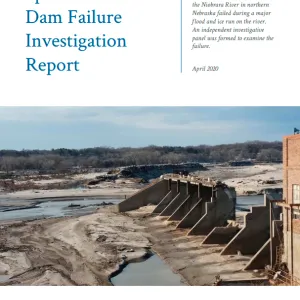A complete and thorough dam record is essential.
Almost all dam owners and regulators have files about their dam(s). Any owner who does not, should start to collect and maintain such records. The Federal Energy Regulatory Commission (FERC) has defined the dam files to be maintained by dam owners through their Standard Technical Information for Dams (STID) process1. However, it is the author’s experience that dam records tend to be scattered in many different locations, some are not digitized, and some records are poorly organized.
For the purposes of this lesson learned, the term “dam record” consists of multiple files and other information about a dam that are collected and compiled in a single record or location. The term “individual dam records” refers to individual files about a dam.
Often, if research is performed, valuable individual dam records come to light which could greatly improve dam safety engineering studies.
One of the biggest challenges in doing comprehensive risk/safety assessments of a dam is to have a complete dam record. Most dam owners have a set of files for their dam. Regulators may have a file as well. Generally, no one knows what information or reports are missing. Often these files are in different locations. The owner, regulator, and the owner's engineers often have different or unshared files or reports. Some other valuable information about a dam is not in anyone’s files, but may be stored off-site in boxes, libraries, archives, newspapers, or only in people’s memory. Sadly, other information or records are permanently lost to history. This lesson learned gives guidance on how to perform dam record research that can yield a more complete record that has valuable insight into the safety of a dam.
The dam record consists of all of the data, reports and information of all types from the dam’s inception through design/construction to the present day. Dam records include field exploration program data, design documents, construction reports and photographs, letters, memoranda, pictures, video, monitoring data, incident reports, oral and written histories, and inspection reports. The best dam record is complete, accessible, secure, organized and searchable. This will generally require a searchable electronic storage and retrieval system. All electronic systems should be backed up against loss, tampering, or data corruption. Paper systems should also be ensured against loss, erasure or tampering.
Virtually all engineering work at a dam will benefit from having a good dam record: engineers will spend less time trying to locate information, they can more easily use old information to produce new reports, they can build off older studies rather than starting from scratch, they can more quickly evaluate a dam incident and make recommendations that are more likely to bring a dam incident under control.
Recent dam incidents and failures (such as the 2017 Oroville Dam Spillway incident2 and the Spencer Dam failure3 ) show that visual inspections of a dam are not adequate to assess the safety of a dam in and of themselves. Engineers need to also consider design, construction and past performance (especially incidents) in their assessment of the safety of a dam. For Oroville Dam, a latent defect in the foundation (weak/weathered rock) of the spillway went unrecognized by those evaluating the safety of the dam up until the time of the incident. The lack of an organized and available record contributed to this lapse (design/construction/performance issue). For Spencer Dam, neither the regulator nor the owner had comprehensive records for the dam. Neither was aware (other than anecdotally) that three major ice runs had damaged the dam previously (performance issue).
A complete dam record is essential for evaluating the safety of a dam. More dam safety organizations are using Potential Failure Mode Analyses (PFMAs) to conduct dam safety assessments. PFMAs are the critical first step to performing risk analyses. To perform a PFMA, a multidisciplinary team is formed that reviews the dam record and meets in a workshop setting to identify the many ways a particular dam could fail. These PFMAs are more work (and more expensive) to perform than dam safety inspections. One reason for this higher cost is the effort to locate, research, organize and review the dam record. The more the dam owner can do in advance of the PFMA to develop a complete dam record, the less expensive and the shorter duration the PFMA will be. The dam owner’s effort to create a quality dam record is an investment that will result in better and more efficient dam engineering studies in the future. See lessons learned about PFMAs and periodic risk reviews.
It may seem daunting to perform in-depth dam research, and few, if any, dam safety engineers are trained historians. However, members of the ASDSO Dam Failures & Incidents Committee have shown that curiosity and effort can locate important information about existing dams – even for older dams. For some people, the detective-like work of researching a dam can be rewarding and even exciting. Here are some tips to create and research a quality dam record:
- Decide who will need access to the dam record. Work with information technology staff to decide on a dam record platform that can support access from inside (and possibly outside) the organization. Check that the data will be regularly backed up (e.g. monthly).
- Note that sophisticated databases can be used as a dam record platform to enable word and other searches. However, these databases add a level of complexity (e.g. login and password requirements). It is the author's opinion that organized and well-named electronic file folders are simpler and cheaper to use and administer.
- Create a new secure and backed up electronic file (dam record) with folders such as:
- Reconnaissance studies
- Original design
- Original construction
- Inspection reports
- Aerial imagery
- Downstream hazard classification reports
- Photos (by year)
- Incidents (by year)
- Safety / risk assessments
- O&M records and SOP (Standing Operating Procedure)
- Monitoring and instrumentation data
- Memoranda and correspondence (from regulators, engineers, etc.)
- Dam repair design/construction
- Inundation mapping
- Emergency action plans
- Miscellaneous
- Transfer existing electronic individual dam records into the dam record.
- Scan all existing paper files that have not yet been scanned (including photographs and drawings) and add them to the dam record. Each scanned file should be renamed with a descriptive title and year. Putting the year at the start of the file name facilitates automatic chronological ordering of the files in an electronic file folder.
- Contact other branches or departments in the organization that may have performed work on the dam and retrieve their records.
- Visit or contact the offices of key individuals and private firms who have worked on the dam (including engineering firms and contractors) throughout the dam’s history and obtain their records.
- Contact the organization’s historian or librarian (if one exists) to assist the search.
- Contact or visit regional or field offices (including their files and libraries), and any offices at the dam itself for records.
- To obtain records from a federal agency, a Freedom of Information Act (FOIA) request may be necessary.
- Review records you have for references to other documents and locate these reference documents.
- Federal agencies, state agencies and companies may have a significant amount of materials in their files.
- If the dam is a major dam or has experienced one or more significant incidents in the past, a search of local newspapers and historical societies/museums may yield important information. Check for historical information on newspaperarchive.com and newspapers.com. Keep in mind that news accounts may useful but may not be technically accurate.
- Do an in-depth online search using Google and other search engines.
- People who worked on the dam in the past can be valuable sources of information about a dam. They may have been present during construction or recall a major seepage or flood incident. People living near the dam site may have worked on the construction or may recall important details about the dam. From the individual dam records, create a list of people who worked on the dam, and locate them via an internet search. People are usually glad to talk and share what they know about a dam. These interviews should be recorded, transcribed, and added to the dam record.
- Contact the companies that designed or constructed the dam to obtain their records. These companies may want to charge a fee for performing this research. The author has found that the fees are usually well worth the cost.
- Some dams may have had more than one owner, regulator or operator. Contact each of these entities.
- After assembling the complete dam record, make it electronically available to staff that need it.
Some of the best records (from a dam safety perspective) to obtain are:
- Drilling/exploration and other design data
- Design specifications
- Design Drawings
- Construction reports (especially construction photos)
- Incident reports
- Study reports
- Inspection reports
It can take a lot of time to develop a complete and organized dam record, but the effort will be a good investment in the safety of the dam.
References:
This lesson learned was peer-reviewed by Lee Mauney, P.E., CFM, HDR, Inc.; and Mike Hand, P.E., WYOH2OPE.
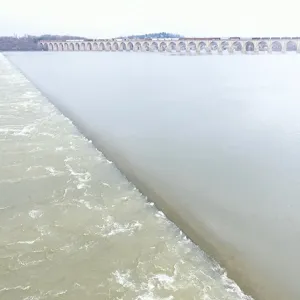
Dock Street Dam (Pennsylvania)

Marshall Lake Dam (Colorado)
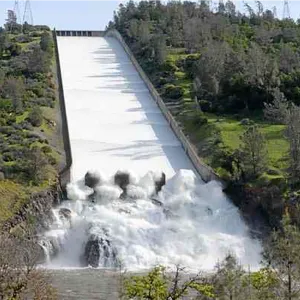
Oroville Dam (California, 2017)
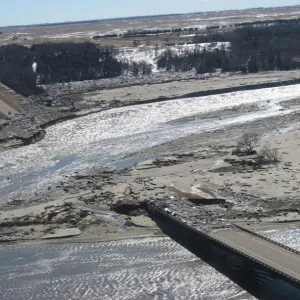
Spencer Dam (Nebraska, 2019)
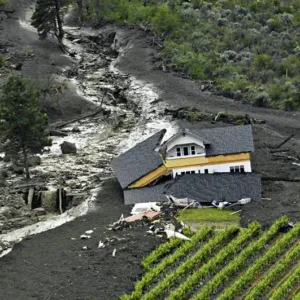
Testalinden Dam (British Columbia, 2010)
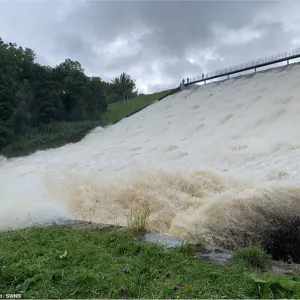
Toddbrook Reservoir Dam (England, 2019)
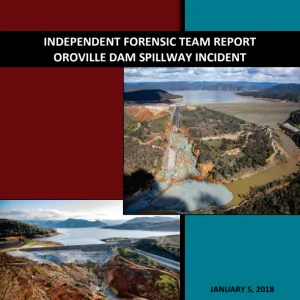
Independent Forensic Team Report for Oroville Dam Spillway Incident

Part 12: Safety of Water Power Projects and Project Works
